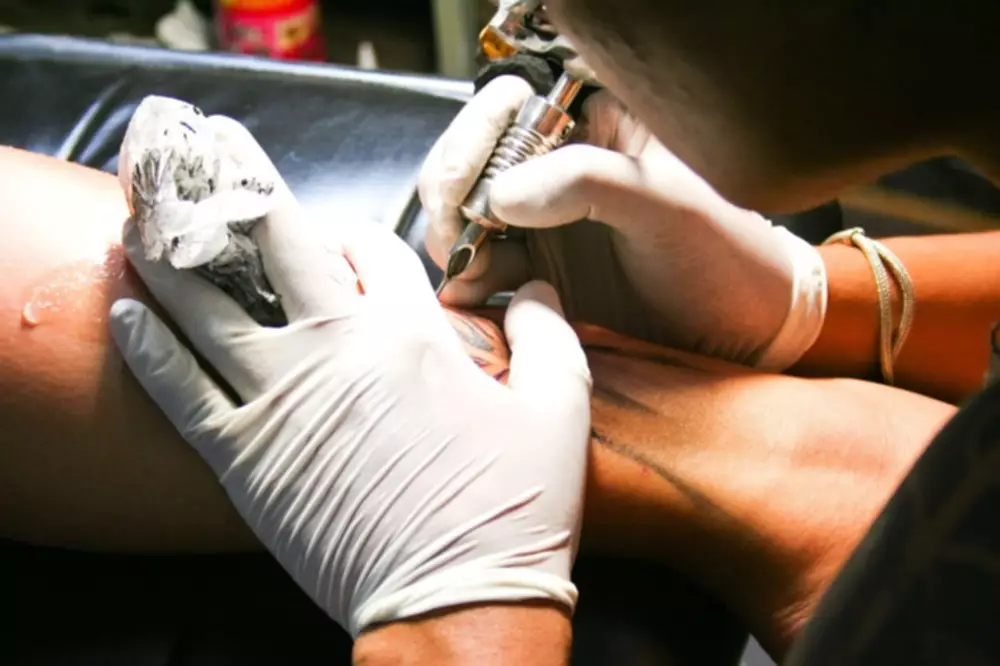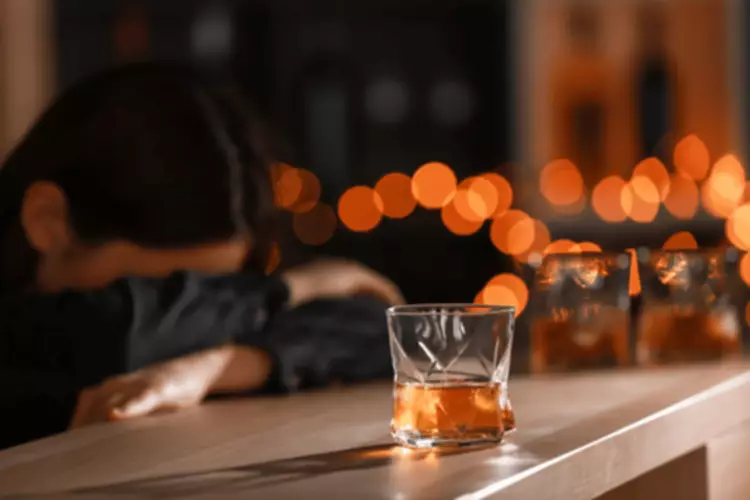However, there are significant additional sources of marijuana in the United States, including from illicit cultivation and production, illicit importation from other countries, and from State programs that permit dispensing of marijuana for medical use and, in some States, recreational adult use. California lawmakers could soon clear a governmental logjam that has held up dozens of studies related to addiction treatment, psychedelics or other federally restricted drugs. Many treatment plans include an introduction to Marijuana Anonymous, a 12-step program for people in recovery from marijuana addiction. Twelve-step programs complement counseling sessions. They’re also valuable aftercare resources. Many people seek marijuana addiction treatment when they’re unable to stop using the drug on their own.

What is the difference between cannabis and synthetic cannabinoids?
The CSA sets forth the criteria for removing a drug or other substance from the list of controlled substances. Such actions are exempt from review by the Office of Management and Budget pursuant to section 3(d)(1) of Executive Order and the principles reaffirmed in Executive Order and 14094. Based on the legal opinion of OLC and consideration of the scientific and medical evaluation and accompanying recommendation of HHS, the Attorney General is initiating a rulemaking that proposes the placement of marijuana in schedule III marijuana addiction of the CSA. In 2020, marijuana and cocaine were most likely to be reported as the secondary drug at admission (25 percent and 24 percent, respectively), followed by alcohol (15 percent), heroin (8 percent), and benzodiazepines (6 percent), with all other comparators reported as less than 2 percent. For tertiary drugs at admission, marijuana (29 percent) was reported most frequently, followed by cocaine (18 percent), alcohol (16 percent), and heroin (5 percent), with all other comparators reported as less than 2 percent.

Cannabis use disorder

Is demoralizing,” Cooper said. It aggravates her “to not be able to answer the questions that are desperately needed right now” as the range of cannabis products on the market has grown. And Cooper said she hasn’t even bothered to submit three more studies, including research on the effects of high-potency cannabis. The holdup has left Cooper and other researchers fearing they could lose funding for planned studies or be forced to lay off staff. Of the teens who were hospitalized or visited emergency rooms for psychotic disorders, roughly 5 in 6 had reported previous cannabis use. Marijuana use among high school students has remained steady in recent years.
- However, for those in an environment that makes it seemingly impossible to stop using Marijuana, an inpatient treatment center may help cut out proximity to non-ideal settings and circumstances or daily triggers.
- Research suggests that about 30% of people who use marijuana might have marijuana use disorder, the severity of which can vary.
- Misconceptions about the addictive nature of Marijuana shouldn’t stop the people who need treatment from receiving it.
- Either undergone on its own or as a step down from inpatient care, outpatient rehab is another popular treatment program option at The Recovery Village.
- Although Marijuana may not be physically addictive in the same way as other drugs like Heroin or alcohol, the psychological addiction can be powerful.
Support for Me and My Family
The Marihuana Tax Act of 1937, Public Law , 50 Stat. 551, imposed taxes that effectively prohibited marijuana use for medical, nonmedical, scientific, or industrial purposes. Five years later, in 1942, marijuana was removed from the United States Pharmacopoeia. Through the imposition of mandatory minimums, the Boggs Act of 1951, Public Law , 65 Stat.
With the ongoing legalization of marijuana in the United States and around the world, it can be hard to say how this will impact marijuana use and abuse. More research needs to be done on potential treatments for marijuana abuse and how to increase support and accessibility for existing treatments. Although anyone who uses marijuana has the potential to abuse it, there are risk factors that can make marijuana abuse more likely. Having these risk factors doesn’t mean you definitely will develop a substance abuse problem, but you may be more at risk. There may be a genetic or hereditary component as well.
Marijuana and hallucinogen use, binge drinking reached historic highs among adults 35 to 50 National Institute on … – National Institute on Drug Abuse
Marijuana and hallucinogen use, binge drinking reached historic highs among adults 35 to 50 National Institute on ….
Posted: Thu, 17 Aug 2023 07:00:00 GMT [source]
Marijuana Detox And Withdrawal?
- (The other 6 percent did not respond.) HHS Basis for Rec.
- For those whose lives are negatively affected by Marijuana use, there are many options that lead to recovery.
- DOJ will revise this section at the final rule stage if warranted after consideration of any comments received.
- The scientific evidence must be widely available.
- Drug abuse is when a person’s drug use causes significant negative effects.
Marijuana Abuse in Pregnancy
- In some states, doctors can prescribe marijuana for medicinal uses such as reducing muscle spasms, pain, nausea, and vomiting.
- They may also be able to evaluate the severity of your problems with marijuana and help you understand your payment options.
- The primary treatment options available for people dependent on Marijuana include therapy and support groups.